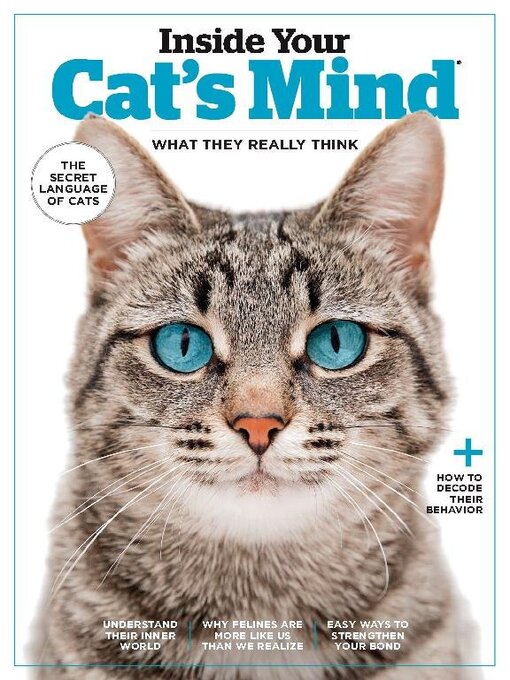For decades, cats have taken a back seat to dogs in terms of their perceived intelligence, emotional range and ability to bond with us. But now, feline science is pushing back. While cats have a different social demeanor than dogs, new research is revealing that they, like their canine counterparts, need plenty of play, affection, communication and true love from human moms and dads. If you ever thought a pet cat would need less interaction and attention than a dog, science has proven that’s not the case. In fact, today’s cats, many of whom show evidence of the dominant gene for sociability, may be even more like dogs—and like us—than cats of the recent past. But as much as modern cats have changed to fit our lives, they still need homes that respect their evolutionary past. This issue takes a deep dive into all of it, explaining how cats have been altered to fit in our world—and what we must do, in turn, to create a home that is comfortable and natural for them.
- Available now
- New eBook additions
- New kids additions
- New teen additions
- Most popular
- Try something different
- See all ebooks collections
- Available now
- New audiobook additions
- New kids audiobook additions
- New teen additions
- Try something different
- See all audiobooks collections
- Let's Get Cooking!
- News and Politics
- Celebrity Magazines
- Popular Magazines
- See all magazines collections
